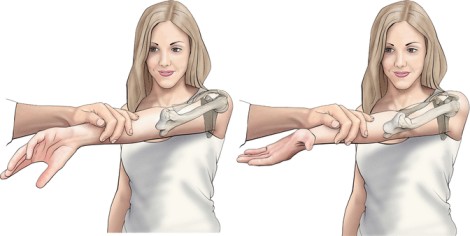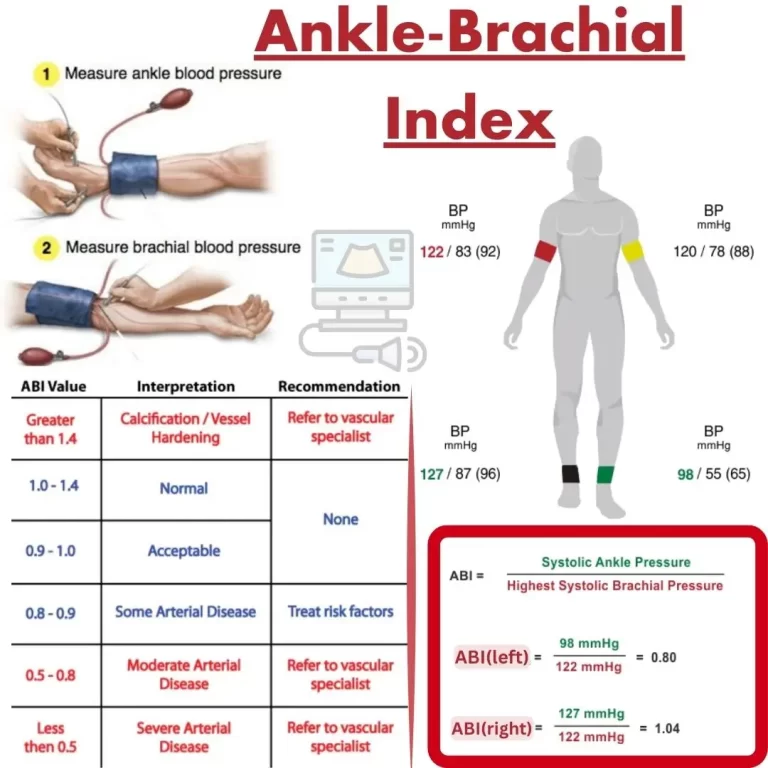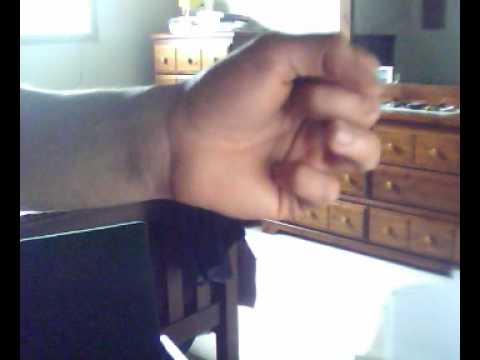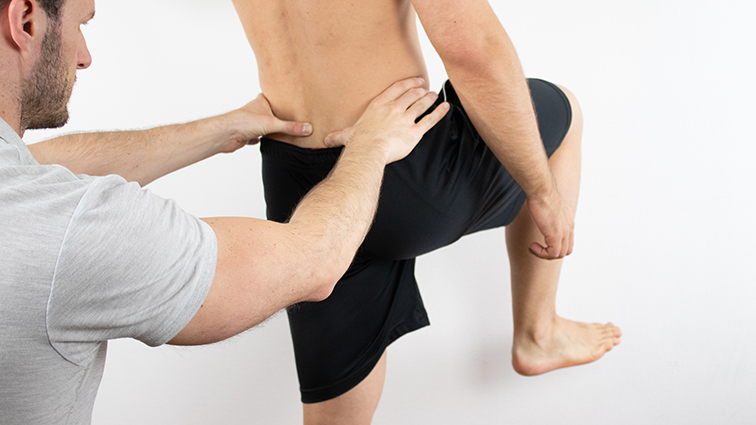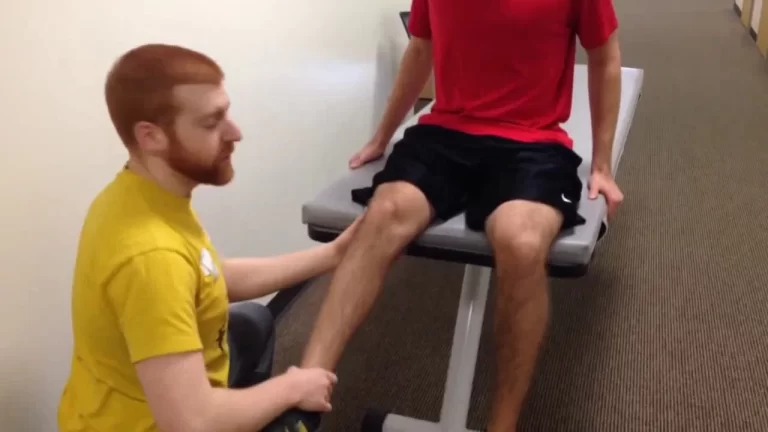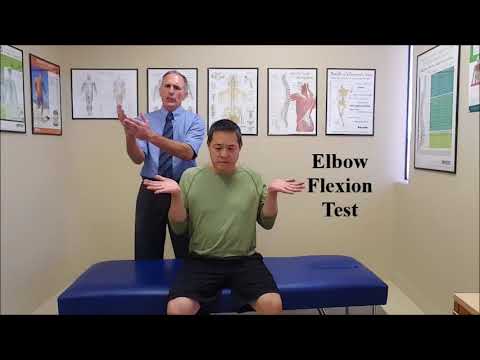Lateral rotation lag sign:
- This test is also known as the infraspinatus spring back or ERLS = external rotation lag sign.
- This test is described by Hertel et al in 1996.
- This test is performed by to therapist in the clinic the check the tear of the rotator cuff.
Purpose of the Lateral rotation lag sign :
- This clinical diagnostic test is used to assess the presence of a full-thickness of rotator cuff tear.
- In particular, this Lateral rotation lag sign is designed for the integrity of the supraspinatus & infraspinatus tendons.
How to perform the Lateral rotation lag sign?

- The patient is seated or in a standing position with the arm by the side & the elbow to 90′.
- The examiner passively abducts the arm to 90′ in the scapular plane, laterally rotates the shoulder to end range mostly author says 45′ & asks the patient to hold it.
Result of the Lateral rotation lag sign?
- For a positive test, the patient cannot hold the position & the handsprings back anteriorly toward milline, indicating infraspinatus & teres minor cannot hold the position due to weakness /pain.
- The examiner will also find passive medial rotation means will have increased on the affected side.
- If the test is performed with the arm in 20′ abduction or by the side in the scapular plane with the elbow at 90′ & the shoulder laterally rotated, the examiner then takes the arm into maximum lateral rotation & asks the patient to hold the position.
- If the supraspinatus & infraspinatus are torn, the arm will medially rotate & spring back anteriorly indicating a positive test.
- Hertel, et al. described a drop sign in which the patient is standing & abducts the arm to 90′ with the elbow flexed to 90.
- The examiner maximally laterally rotates the arm, & the patient is asked to hold the position.
- If the arm falls or drops into medial rotation means internal rotation, the test is considered positive for tears to infraspinatus/supraspinatus & perhaps subscapularis.
- If the patient can hold the position, the strength of infraspinatus can be graded as three or greater, depending on the resistance to the examiner’s medially rotating force.


